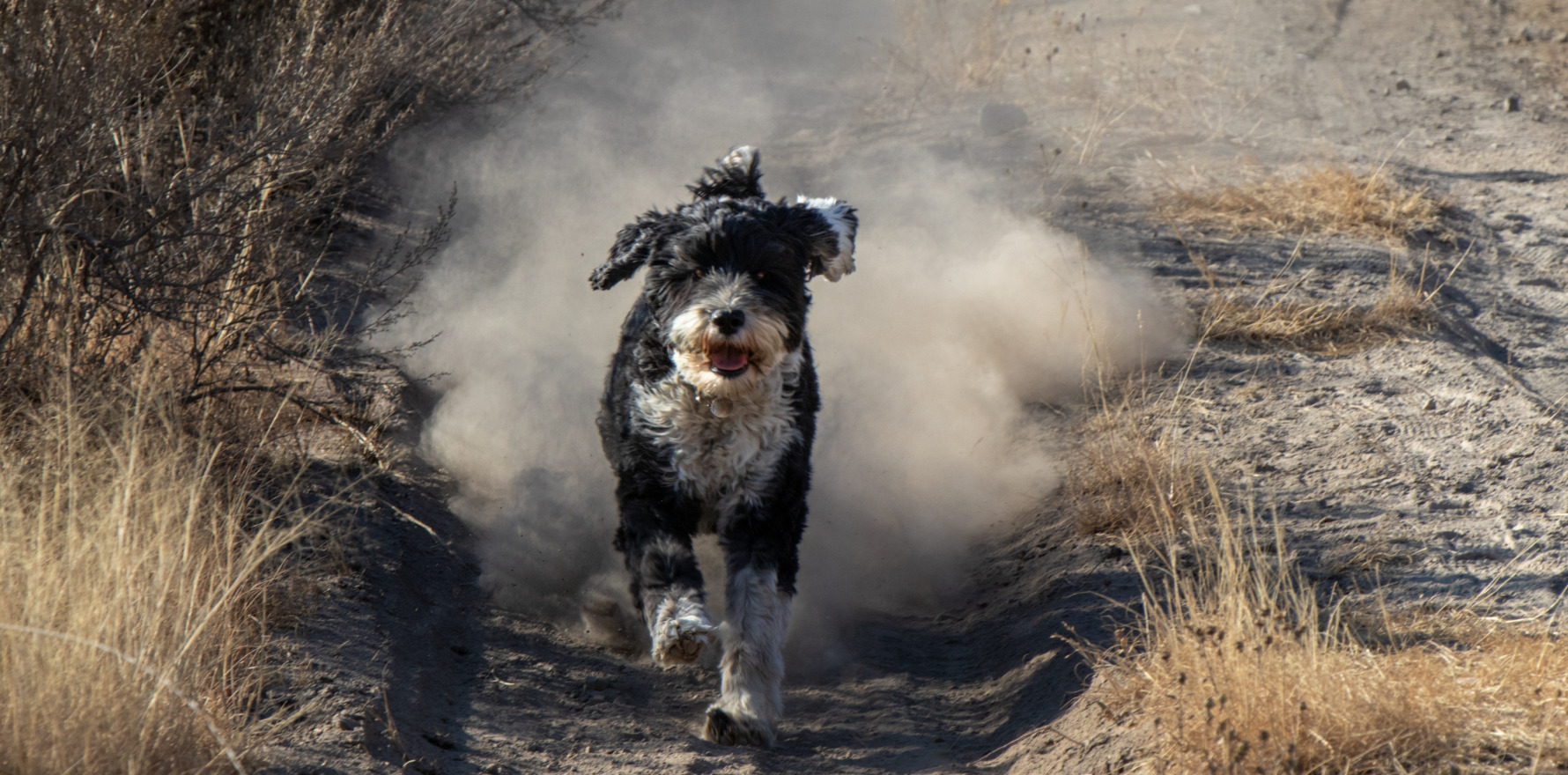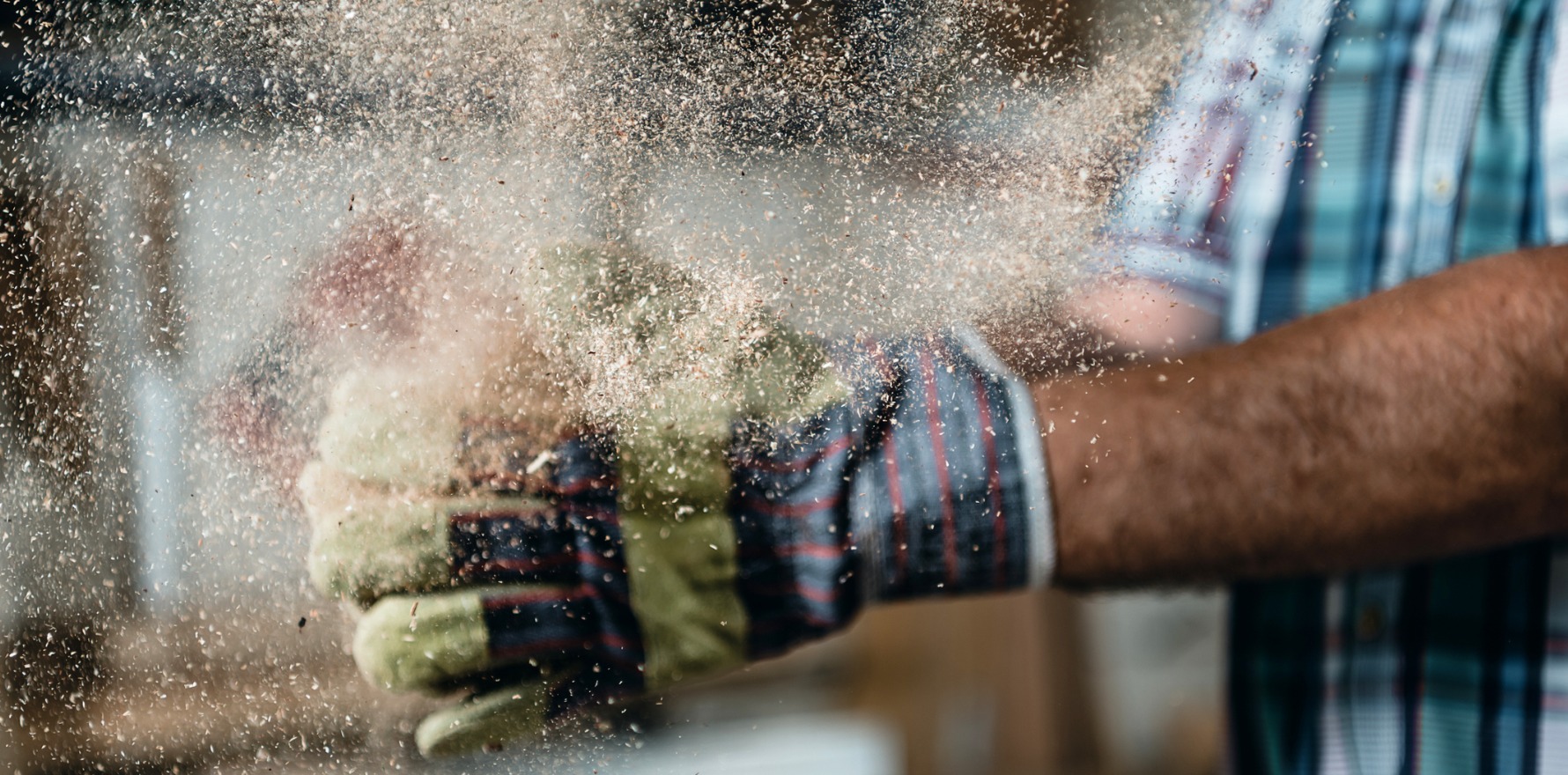A Victorian screening program has uncovered strikingly high asthma rates among engineered stone workers, pointing to harmful exposures beyond banned crystalline silica.
Engineered stone workers continue to face significant respiratory risks despite Australia’s recent ban on silica-containing benchtops, according to new research from Monash University.
The study found that one in five workers reported having asthma – a rate twice that of the general population – highlighting an occupational hazard that persists even in the absence of diagnosed silicosis.
Epidemiologist Dr Dee Tomic, a research fellow at the Monash Centre for Environmental Health, told Allergy & Respiratory Republic it was becoming clearer that the industry’s respiratory burden extends beyond crystalline silica exposure.
And although the ban on engineered stone aimed to curb the well-documented epidemic of silicosis among workers who cut and install artificial benchtops, the first country in the world to do so, she said other conditions like asthma were another major issue.
She noted that artificial stone also contained other things like epoxy, hydrides, acid and polymer resins which were well-known causes of occupational asthma in other industries.
Dr Tomic said the high rates of self-reported asthma among workers in the engineered stone industry were a major concern.
“In asthma, data shows for men of that age [in general], we would be expecting anywhere between eight and 9% of asthma self-reported,” she said. “This is double. It’s quite alarming.”
Related
The analysis drew on data from 450 Victorian workers who participated in a WorkSafe screening program between May 2019 and October 2021, before the landmark engineered stone ban came into effect in July 2024.
The results were published in the BMJ’s Occupational and Environmental Medicine.
The prevalence of self-reported asthma in this cohort was 20% (90/450 workers), the researchers found.
“Workers with histories of high workplace dust exposure, even those without silicosis, were more likely to have self-reported asthma and to report respiratory symptoms,” they wrote.
“Those with obstruction but no bronchodilator response on respiratory function tests were more likely to report histories of high workplace dust exposure. For over half of workers with wheeze or difficulty breathing, symptoms improved at weekends and/or on holidays.”
Of those with self-reported asthma, 38.9% were current and 26.7% former smokers. The proportion of current or former smokers among those with self-reported asthma (65.6%) was higher than among those without (51.9%).
Nearly one-quarter (24.1%) of those with a history of high or very high workplace dust exposure had self-reported asthma, compared with 12.6% of those with low or medium exposure.
The difference was even greater when those with silicosis were excluded (34.2% vs 11.7%). Of the 88 workers found to have silicosis in secondary assessments, 19 (21.6%) had self-reported asthma, compared with 57 (23.8%) of the 239 workers without silicosis.
“Future research should longitudinally investigate the trajectories of respiratory function among workers in this industry in relation to work, symptoms and specific exposures such as through personal air sampling of sensitisers,” the researchers wrote.
“Clinicians should consider respiratory diseases other than silicosis among workers exposed to artificial stone dust, including asthma or COPD.
“Workplaces should implement strict dust control measures such as banning dry processing to minimise adverse health effects of substances as well as crystalline silica.”
Dr Tomic told ARR the findings challenged the assumption that the recent silica ban has fully mitigated respiratory risks for this workforce, especially given the fact that chemical resins remain present in new alternative benchtop products entering the market.
Independent safety testing for these emerging materials was essential before they become widely adopted, she warned.
It was also important for clinicians to ask patients about their work history when assessing respiratory conditions like asthma, she said.
“We’re having a better understanding of what kind of workplace exposures can be implicated, and also considering workers from this specific industry, we have done a fair bit of work around developing national silicosis guidelines for GPs,” she said.
“There could be the issue of GPs immediately thinking of silicosis and not considering other illnesses that could come out of this industry.
“But there are other illnesses and treatments that can make a difference. It might not always be silicosis.”
Dr Tomic said the next step in the research would be to follow the cohort longitudinally.
“Obviously silicosis as one example, is something that takes years to develop, decades often,” she said.
“So there’s hundreds and hundreds of workers who have had high levels of dust exposure. And we need to understand what their conditions are going to be in the future.”





